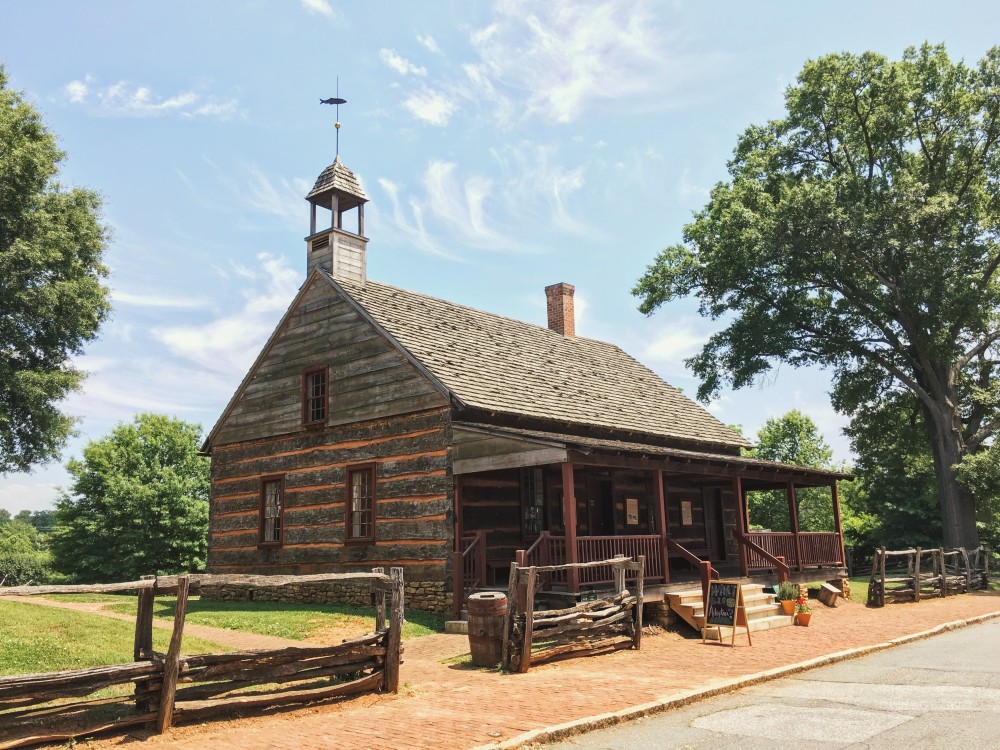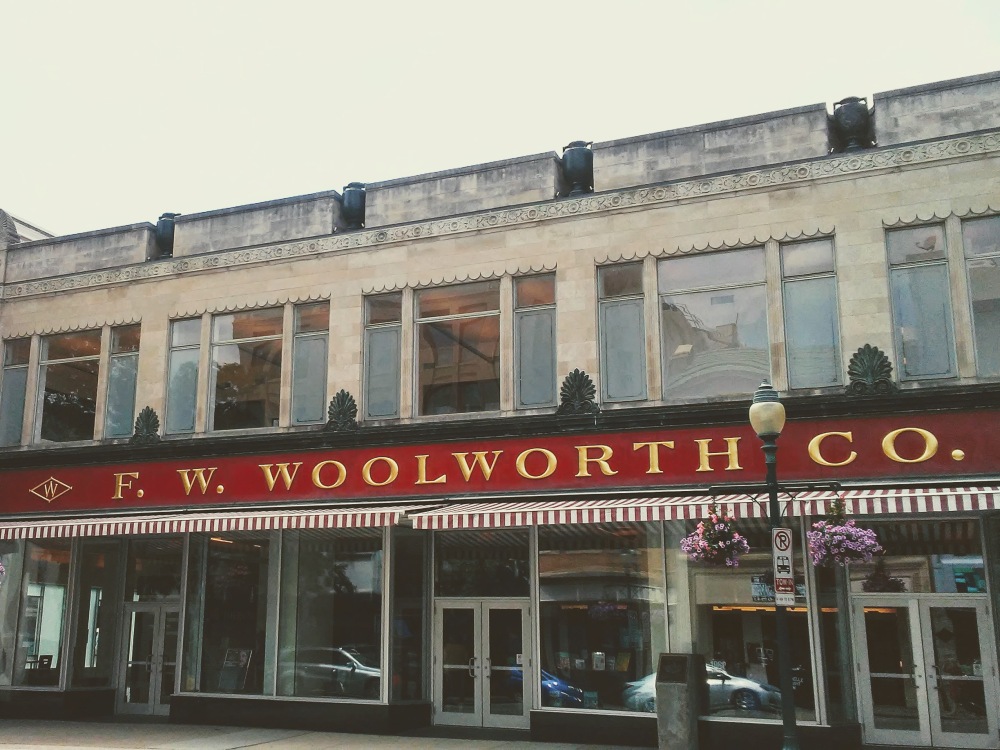“He who is silent, when he ought to have spoken and was able to, is taken to agree.” — Latin Proverb
Silence is a powerful action. It is one of the most impactful actions one can take. One could argue that silence is a form of inaction, but the older I grow, the more I realize that silence is a choice that requires suppression of one’s own understanding of justice. I must confess that often times I have been silent on important issues—often due to naivety. One subject that I have sought to become more aware of is race and specifically the role the church has played in both healing and worsening racial divides. I do not want to be silent and pretend that our country is post-racial. I do want to let my brothers and sisters of color know that I stand with them in a commitment to continuing the dialogue about racialization.
In May, my wife and I took a trip to North Carolina. We had the opportunity of visiting a number of sites that have made me think further about racialization. There were three places I would like to reflect on: Old Salem, the International Civil Rights Center & Museum, and the Levine Museum of the New South.
Old Salem

I have been intrigued by the Moravian Church for several years. In my exposure to the Moravian villages of Bethlehem and Lititz in Pennsylvania, I often misunderstood the Moravians to be progressive regarding the issue of race. Their inclusive and non-hostile approach to evangelism among Native Americans was exemplary. Furthermore, the topic of slavery never came up in my basic understanding of the Pennsylvania groups. In fact, Native Americans and African Americans were invited and included in the communities. Despite the fact that people of color were seen as spiritually equal among the Moravians, they were not physically equally.
“Pennsylvania had always had slaves, but their numbers had remained small until 1754, when the beginning Seven Years’ War abruptly cut off the supply of European indentured servants to the province and local farmers and artisans turned to Africa to fill their desire for cheap labor. Mirroring the rest of the Quaker colony, the number of blacks in Bethlehem rose considerably in the following half-century, eventually comprising some five percent of the town’s working population.”[1]
Even though the Moravians were more kind slave owners than others, they were still slave owners nonetheless. This fact was very apparent when we visited the two segregated Moravian African American churches in Old Salem, N.C. The Moravians in North Carolina were overwhelmed with the task of settling the frontier lands of Wachovia, and like their Pennsylvanian brethren, they looked to the labor of enslaved persons.
Initially, the enslaved African Americans in the Moravian village of Salem were included in worship at what is now called the Home Moravian Church. However, by 1820 black Moravians were forced to leave the Home Church and found their own congregation.[2] The Moravians had been significantly influenced by the societal pressure of their neighbors. Segregation became acceptable for a community that had once been different, even if they had already been slave owners.
Many people would say that segregation is not a reality today… but it is. It is quiet and still right in front of us. It is found in geography, schools, healthcare, amenities, etc. Beyond segregation is the continual reality of racialization. Today, the U.S. has become a nation where subtle—and not-so-subtle—racialization has been accepted in the mainstream. Just yesterday, I had a conversation with an African American woman who said to me that people now feel free to say out loud the things they would have felt ashamed to say years before. Might our nation be regressing on issues of race?
International Civil Rights Center & Museum

Our visit to the International Civil Rights Center & Museum took us to the site of the F.W. Woolworth’s lunch counter in Greensboro, N.C., where the sit-in movement begun with the courage of four young men. This was one of the most meaningful museum experiences I have ever had. The docent helped us explore significant themes and ideas throughout America’s history of racial inequality.
As I walked into the original room which held the lunch counters I was overtaken with a sense of awe and reverence. It was a holy, sobering, and contemplative time. I looked upon the original counters, the original seats, and the original location where non-violent civil disobedience played a major role in our nation’s history.
For me, the most significant take-away from this experience was hearing the stories of the men and women, black and white, young and old, and many others who participated in this movement. Four young college students started this movement not realizing the kind of impact they would leave. This is a reminder for everyone that no matter how small something might seem in the effort of fighting racialization—it does make a difference. Regardless of who you are, your words, thoughts, and deeds do matter.
Levine Museum of the New South

Finishing our trip in Charlotte, N.C., we visited a museum highlighting how the South reinvented itself in the years following the Civil War. The museum told a very honest story of the struggles that faced a society based on slave labor and the slow transition the South made in the century that followed the Civil War. One of the most meaningful galleries looked at the issue of race and police brutality. There was one room filled with photos and stories of people of color who had been killed by police. Many of the stories ended with the officers being acquitted or a mistrial being declared. It was haunting to walk through this room and read the horrific stories of the lives lost at the hands of senseless violence.
What is the church to do about the issue of police brutality against people of color? As a member of a peace church tradition, I have a complicated view of police. I often ask the question, “What is the role of a secular police force or the military?” Many other members of historic peace churches have also struggled with this issue. Obviously, this subject is more complicated than a few paragraphs of reflection. However, there are ways that the church can play a role in dealing with this issue.
- We need to pray that we might not see these kinds of things happening.
- We must encourage our local police to further implement non-lethal forms of restraint methods and focus on community policing.
- We need to have open dialogue in our communities.
- We need to stand with our brothers and sisters of color in speaking out against discrimination by law enforcement. If you have never experienced police discrimination against people of color, I encourage you to ask a friend or look up some stories on the internet. Until one takes the time to hear people’s stories, he or she cannot possibly begin to try to understand this issue.
How often are we silent, when we could have spoken up? Does this make us guilty of racialization? I am convinced that being silent, when we have an opportunity to speak up is the same as perpetrating the act itself. I too am guilty of this and I am making it my decision to not be silent. The author of the book of Proverbs reminds us:
“Speak out on behalf of the voiceless, and for the rights of all who are vulnerable.” — Proverbs 31:8, CEB
References
[1] John Catron, “Early Black-Atlantic Christianity in the Middle Colonies: Social Mobility and Race in Moravian Bethlehem,” Pennsylvania History: A Journal of Mid-Atlantic Studies 76, no. 3 (November 3, 2009): 309.
[2] Willie Brenc, “St. Philips Moravian Church [Winston-Salem, North Carolina] (1822- ),” The Black Past: Remembered and Reclaimed, accessed May 21, 2017, http://www.blackpast.org/aah/st-philips-moravian-church-winston-salem-north-carolina-1822.
Main Photo
Ludwig Gottfried von Redeken, View of Salem, 1787, Wachovia Historical Society Collection, Museum of Early Southern Decorative Arts, Winston-Salem, N.C., http://mesda.org/item/collections/view-of-salem/2208.
